Why Your LG Refrigerator’s Low Side Pressure Might be 134a? Common Issues
We may earn affiliate fees for purchases using our links (at no additional cost to you).
If you own an LG refrigerator, you may have noticed that the low side pressure of your unit is 134a.
This is because LG refrigerators commonly use R-134a refrigerant, a type of refrigerant that is widely used in modern refrigeration systems.
If you’re experiencing low side pressure issues, understand the causes and solutions to prevent further damage to your appliance.
In this blog, we’ll explore why your LG refrigerator’s low side pressure might be 134a and what you can do about it.
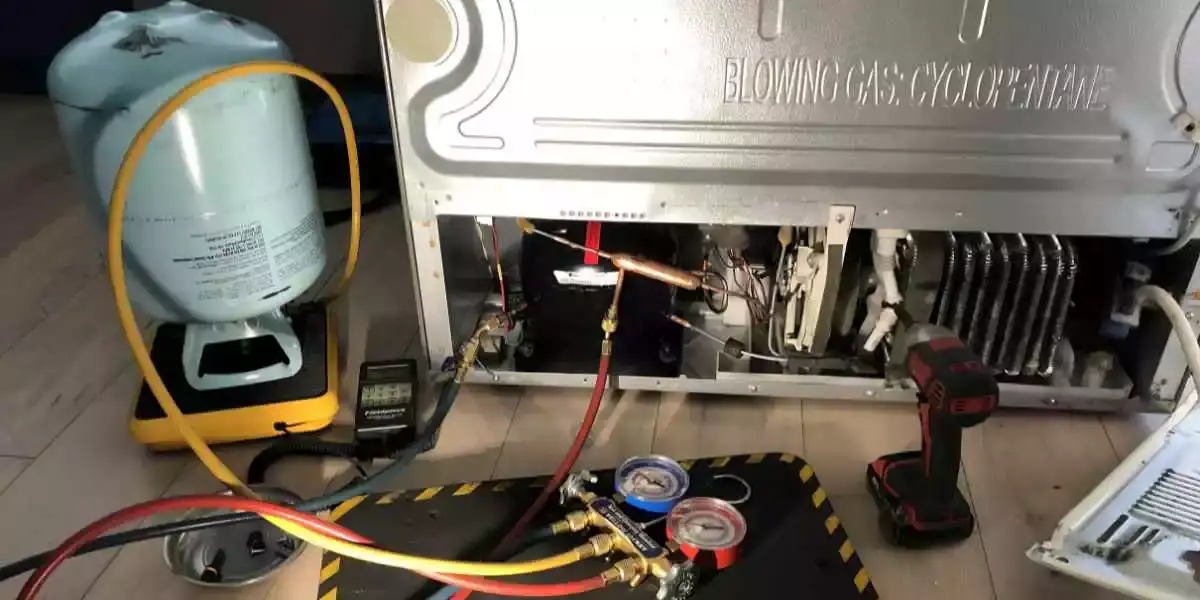
Why LG Refrigerators Use R-134a Refrigerant?
R-134a refrigerant is the go-to choice for LG refrigerators, and for good reason – it offers a range of factors that make it an excellent option for refrigeration.
Environmental Considerations
LG refrigerators use R-134a refrigerant due to their low ozone depletion potential and global warming potential.
R-134a is a hydrofluorocarbon (HFC) that does not contain any chlorine, which is known to harm the ozone layer.
It has a minimal impact on the environment and is compliant with most international regulations.
Energy Efficiency
R-134a refrigerant has excellent thermodynamic properties, making it an efficient choice for refrigeration.
It has a high coefficient of performance (COP), which means it requires less energy to provide the same cooling effect as other refrigerants.
LG refrigerators are designed to operate using minimal energy, and R-134a helps achieve that goal.
Compatibility with Refrigeration Systems
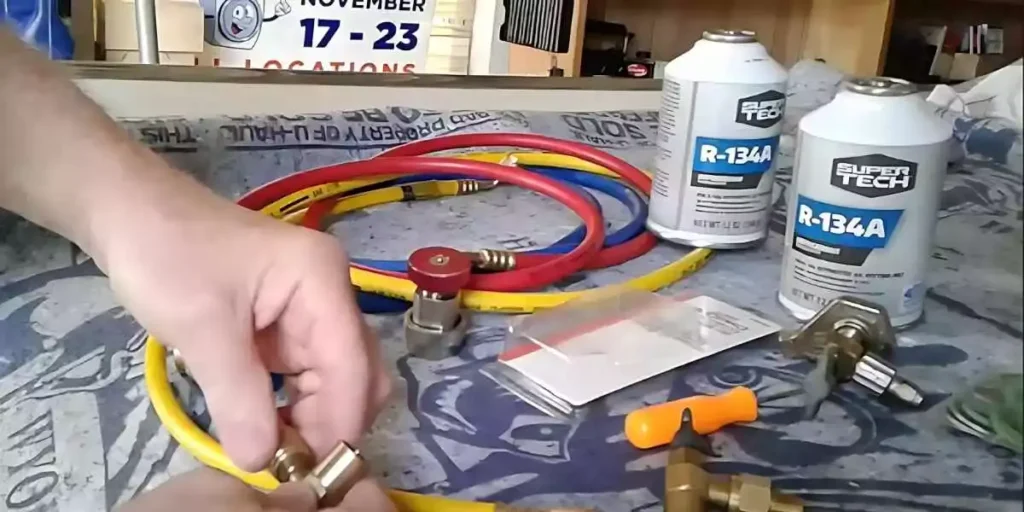
R-134a is a non-toxic, non-flammable refrigerant that is compatible with most refrigeration systems.
It has been used in the industry for decades and is a reliable choice for LG refrigerators.
The refrigerant is also widely available, making it easy for consumers to obtain and service their refrigerators.
Long-Term Performance
LG refrigerators are built to last, and R-134a refrigerant plays a significant role in achieving that goal.
The refrigerant has excellent stability, which ensures that it will maintain its properties over time.
It also has a low rate of refrigerant loss, which reduces the frequency of service calls and extends the life of the refrigerator.
Noise Reduction
R-134a refrigerant is known for its quiet operation, which is an essential feature for many consumers.
LG refrigerators use advanced technology to minimize noise, and the choice of R-134a helps achieve this goal.
The refrigerant has low flow resistance, which reduces the noise level of the compressor and other components.
Advantages of R-134a Refrigerant in LG Refrigerators
Here are some of the advantages of R-134a refrigerant in LG refrigerators:
Environmentally Friendly:
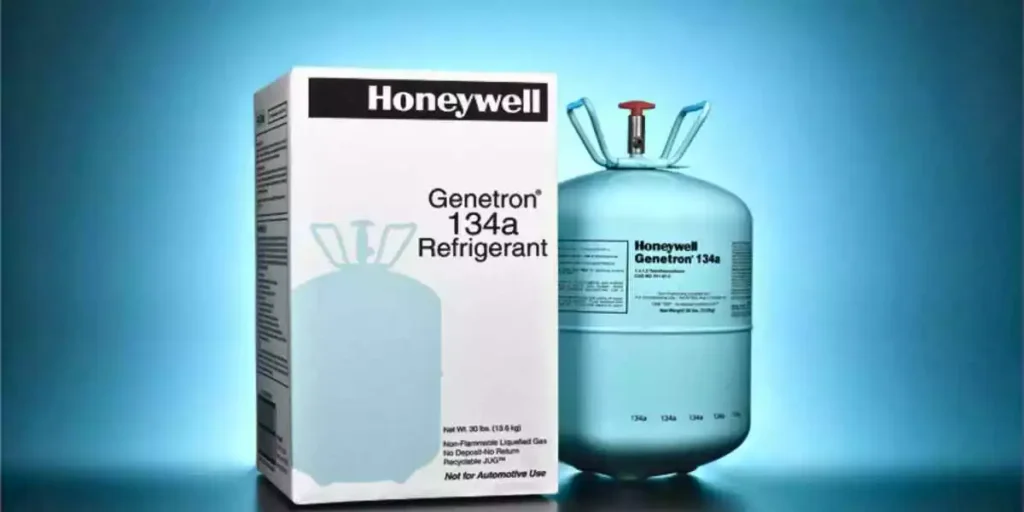
R-134a refrigerant has a low ozone depletion potential and global warming potential, making it a more environmentally friendly option compared to other refrigerants.
LG refrigerators using R-134a refrigerant are compliant with international regulations and contribute to reducing the impact of refrigeration on the environment.
Energy Efficient:
R-134a refrigerant has excellent thermodynamic properties, which makes it an energy-efficient option.
It has a high coefficient of performance (COP), which means it requires less energy to provide the same cooling effect as other refrigerants.
This feature makes LG refrigerators more energy-efficient and helps save on electricity bills.
Cost-Effective:
R-134a refrigerant is widely available and easy to obtain, which makes it a cost-effective option for LG refrigerators.
The refrigerant is also compatible with most refrigeration systems, reducing the cost of maintenance and repair.
Long-Term Performance:
R-134a refrigerant is a stable refrigerant that maintains its properties over time. It has a low rate of refrigerant loss, which reduces the frequency of service calls and extends the life of LG refrigerators.
This feature ensures that LG refrigerators provide long-term performance and value to consumers.
Low Noise Operation:
R-134a refrigerant has low flow resistance, which reduces the noise level of the compressor and other components in LG refrigerators.
This feature ensures quiet operation, making LG refrigerators a suitable option for noise-sensitive environments.
Common Causes of Low Side Pressure in LG Refrigerators
There are some common causes of low side pressure in LG refrigerators:
Refrigerant Leak:
A refrigerant leak is one of the most common causes of low side pressure in LG refrigerators.
If there is a leak in the refrigeration system, the refrigerant will escape, and the low side pressure will drop.
It is crucial to address any refrigerant leak as soon as possible to avoid further damage to the LG refrigerator.
Restriction in the Refrigeration System:
A restriction in the refrigeration system can cause low side pressure in LG refrigerators.
A restriction can occur due to a clogged filter drier, blocked capillary tube, or a kinked refrigerant line.
This issue reduces the flow of refrigerant, causing low side pressure to drop.
Compressor Malfunction:
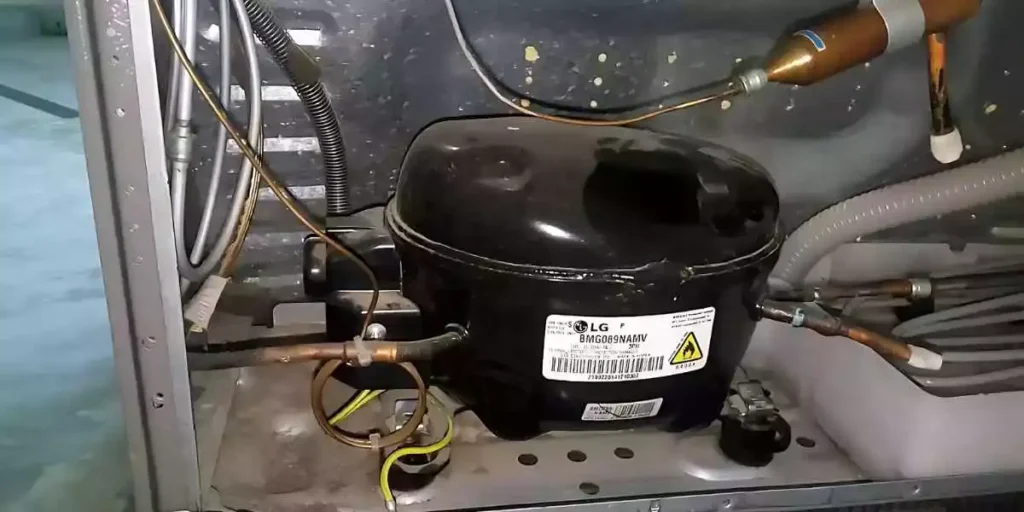
The compressor is a critical component of the refrigeration system in LG refrigerators. If the compressor is malfunctioning, it can cause low side pressure in the evaporator.
A compressor malfunction can occur due to a faulty start capacitor, a seized compressor, or a damaged compressor valve.
Insufficient Refrigerant Charge:
Insufficient refrigerant charge can also cause low side pressure in LG refrigerators. If there is not enough refrigerant in the system, the low side pressure will drop.
Ensure that LG refrigerators have the correct refrigerant charge to avoid this issue.
Expansion Valve Malfunction:
The expansion valve regulates the flow of refrigerant into the evaporator of LG refrigerators.
If the expansion valve is malfunctioning, it can cause low side pressure in the evaporator. This issue can occur due to a faulty valve or a blockage in the valve.
Signs of Low Refrigerant in LG Refrigerators
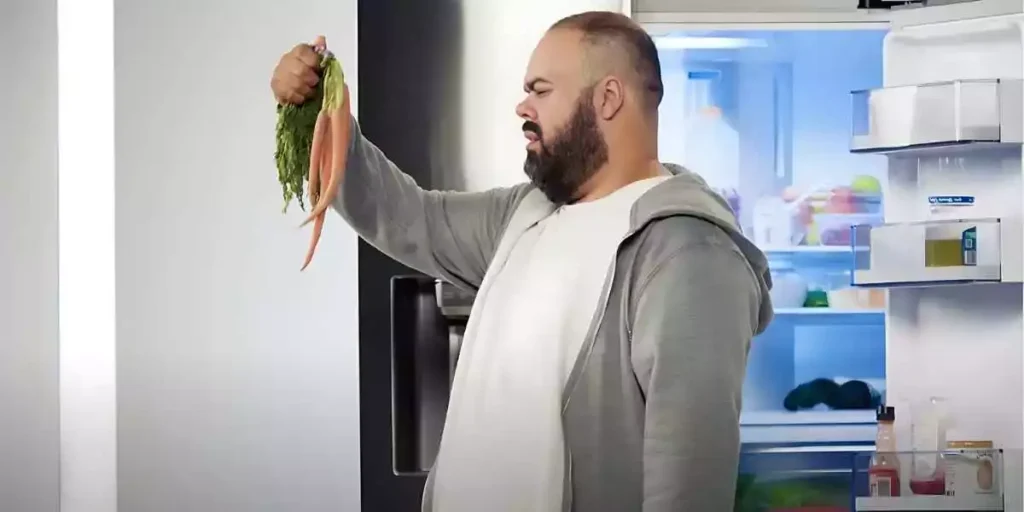
There are several signs that your LG refrigerator may be low on refrigerant. Some of the most common signs include
Warm temperature:
If your LG refrigerator is not cooling food as it should, it could be a sign of low refrigerant.
This happens when there is not enough refrigerant to absorb heat from inside the fridge, causing the temperature to rise.
Frost buildup:
Low refrigerant levels can also cause frost buildup in the freezer compartment. This happens because the refrigerant is not circulating properly and is unable to absorb heat from the freezer.
Strange noises:
If you hear strange noises coming from your LG refrigerator, such as hissing or bubbling sounds, it could be due to low refrigerant levels.
This is because the refrigerant is not flowing properly, causing it to make unusual sounds.
Leaking water:
Low refrigerant levels can also cause your LG refrigerator to leak water. This happens because the refrigerant is not circulating properly, causing ice to build up and then melt, resulting in water leakage.
High energy bills:
If you notice that your LG refrigerator is consuming more energy than usual, it could be due to low refrigerant levels.
This happens because the fridge is working harder to cool food, which results in higher energy consumption.
How to Fix Low Side Pressure in LG Refrigerators
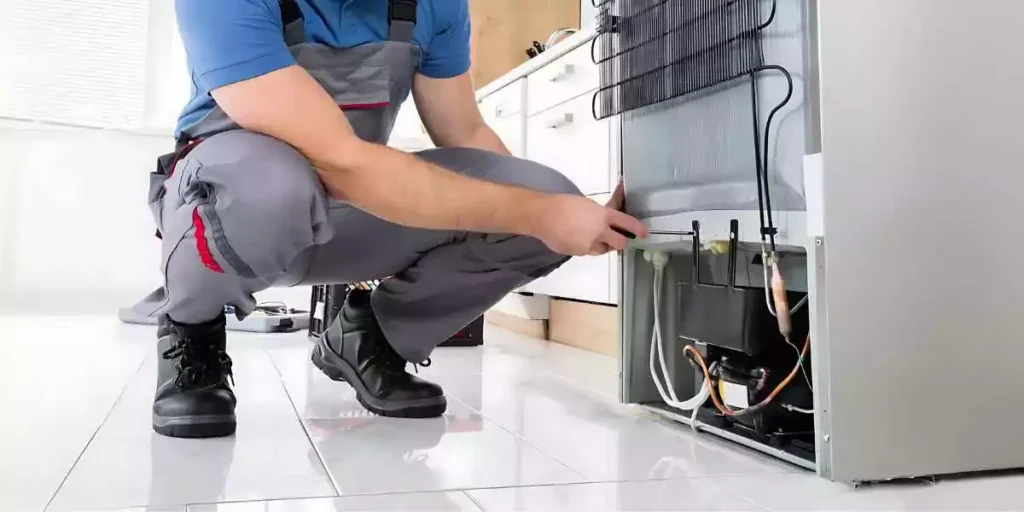
If you notice the low side pressure is too low, it can be a sign of a problem with the refrigerator’s compressor or refrigerant system.
Here are some steps to fix low side pressure in LG refrigerators:
Check for leaks:
First, you need to check for any leaks in the refrigerator’s refrigerant system. You can use a leak detection kit or solution to identify any leaks.
Once you have found the leak, you can fix it using a suitable repair kit or by replacing the affected part.
Check the compressor:
The compressor is a vital component of the refrigeration system that pressurizes the refrigerant gas.
If the compressor is not functioning correctly, it can result in low side pressure. Check the compressor’s electrical connections, starting relay, and capacitor for any signs of damage or wear. Replace any damaged parts as necessary.
Check the condenser:
The condenser is responsible for removing heat from the refrigerant gas, allowing it to condense into a liquid.
If the condenser is dirty or clogged, it can cause low side pressure. Clean the condenser coils using a soft brush or vacuum cleaner to remove any dirt or debris.
Check the expansion valve:
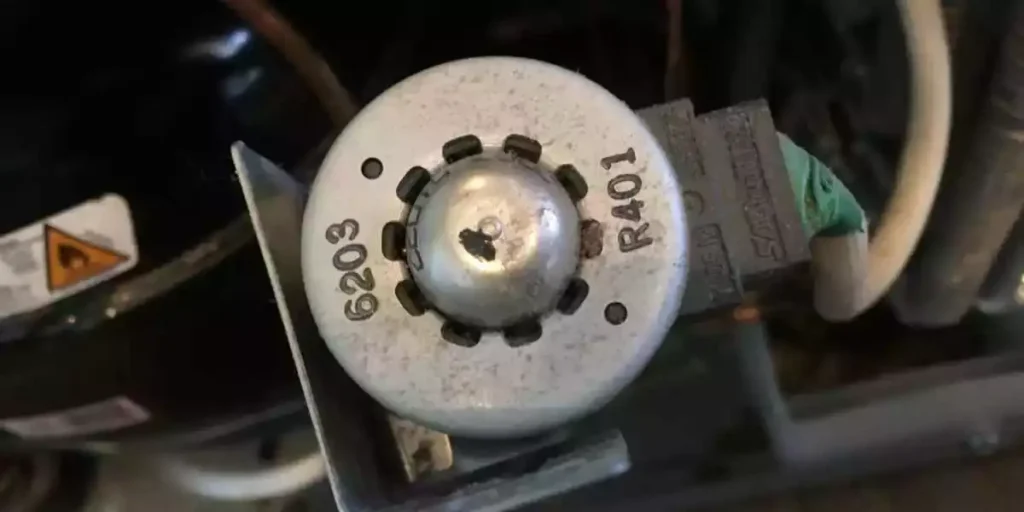
The expansion valve controls the flow of refrigerant gas into the evaporator. If it is clogged or stuck, it can cause low side pressure.
Remove the expansion valve and clean it thoroughly using a suitable cleaning solution.
Recharge the refrigerant:
If all the above steps fail to fix the low side pressure, you may need to recharge the refrigerant system with the appropriate amount of refrigerant.
Only a licensed professional should handle refrigerant recharge, as it requires specialized tools and knowledge.
FAQs
Why Might My LG Refrigerator’s Low Side Pressure Be 134a?
LG refrigerators are designed to use 134a refrigerant, which has a lower environmental impact than other types of refrigerants.
Can I Use A Different Type Of Refrigerant In My LG Refrigerator?
How Do I Know If My LG Refrigerator’s Low Side Pressure Is Too Low?
If the pressure is too low, it can result in inadequate cooling performance, frost buildup, and other issues. Seek professional assistance to diagnose and fix the problem.
Conclusion
Low side pressure is an important factor that affects the cooling performance of LG refrigerators.
134a refrigerant is commonly used in LG refrigerators because of its environmental benefits and safety features.
Ensure that your LG refrigerator’s low side pressure is within the recommended range to avoid issues such as inadequate cooling performance and frost buildup.
Seeking professional assistance can help diagnose and fix any low side pressure problems in your LG refrigerator.
